Venice: “To build a city where it is impossible to build a city is madness in itself, but to build there one of the most elegant and grandest of cities is the madness of genius.” Alexander Herzen
Venice is one of the most beautiful and unique destinations in the world. With the population of about 50 thousand, it is visited by over 50 million tourists a year. Exploring Venice can be a breathtaking and magical experience or an expensive nightmare.
In this two part series I will first go over essentials of enjoying this great destination, and in the second part we will explore Venice together.
I do realize that planning an unforgettable luxury experience by yourself could be intimidating. Thankfully, my friend and expert on Venice, Brenda Furey Harmeling and Elegant Travel Worldwide, stands ready to help you plan your magical Venice experience. She visited the Floating City over 45 times and her services are at your disposal.
To contact Brenda Furey Harmeling and Elegant Travel Worldwide for free trip consultation click here or email bffffh@gmail.com
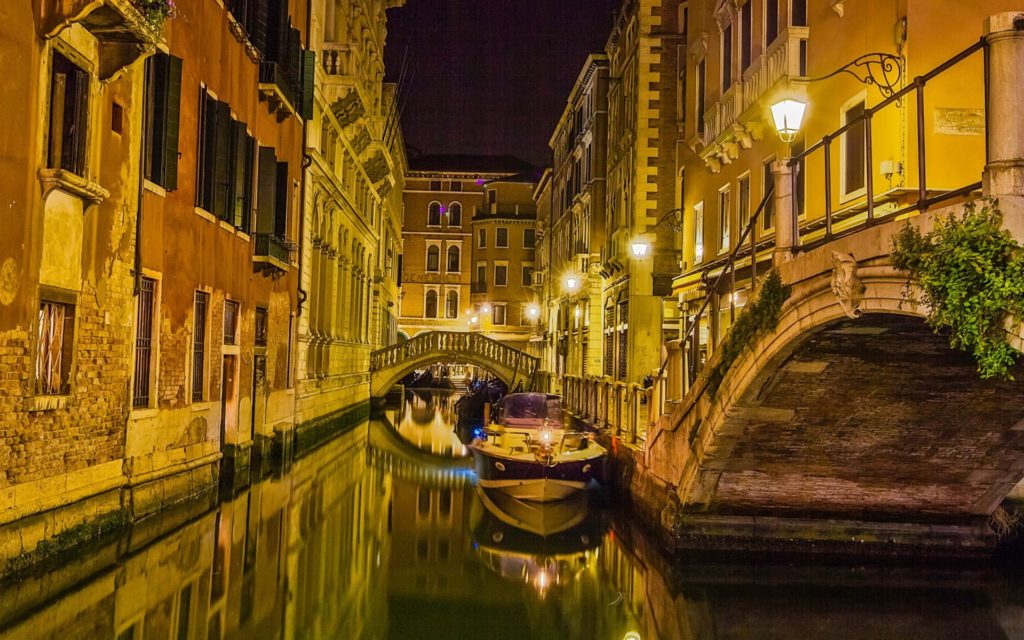
Arrival
Let us start our exploration and journey through Venice.
Location
Venice (Italian: Venezia) is a city in northeastern Italy and the capital of the Veneto region. It is situated across a group of 118 small islands that are separated by canals and linked by 400 bridges. The islands are located in the shallow Venetian Lagoon, an enclosed bay that lies between the mouths of the Po and the Piave rivers.

location
Venice is one of the few cities in the world that can truly be described as unique. It survives against all the odds, built on a series of low mud banks amid the tidal waters of the Adriatic and regularly subject to floods. Once a powerful commercial and naval force in the Mediterranean, Venice has found a new role. Her palazzi have become shops, hotels and apartments, her warehouses have been transformed into museums and her convents have been turned into centers for art restoration.
The Building of Venice
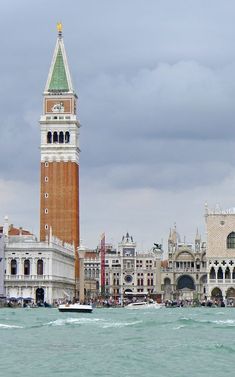
Campanile
Venice is built on a patchwork of more than 100 low lying islands in the middle of a swampy lagoon. To overcome these extremely challenging conditions, early Venetian builders evolved construction techniques unique to the city, building with impermeable stone supported by larch wood rafts and timber piles. Pinewood piles were driven 7.5 m (25 ft) into the ground before building work could begin. They rest on the solid coranto (compressed clay) layer at the bottom of the lagoon. This method proved effective and most Venetian buildings are remarkably robust, many having stood for at least 400 years. By 1500 the city had taken on much of its present shape and only since the 20th century has further building begun to alter the outline.
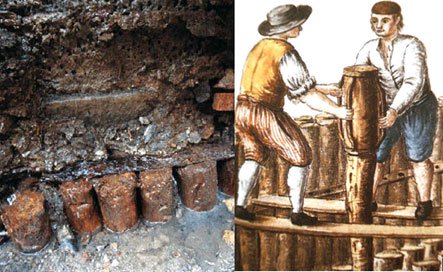
Building Palazzo
The story of Campanile foundation attests to the extreme engineering of Venetian builders. When the Campanile in the Piazza San Marco collapsed in 1902, the ancient pilings, under pinning the 98.5-m- (323-ft-) high landmark, were found to be in excellent condition, after 1,000 years in the ground.
The Venetian Palazzo
Venetian houses evolved to meet the needs of a city without roads. Visitors usually arrived by boat, so the façade facing the canal was given lavish architectural treatment, while the landward side, which was accessible from a square or alley, was rarely so ornate. Most Venetian houses were built with three storys, with kitchens located on the ground floor for ready access to water, or in the attic to enable cooking smells to escape. Typically, a palazzo served as a warehouse and business premises, as well as a family home, reflecting the city’s mercantile character.
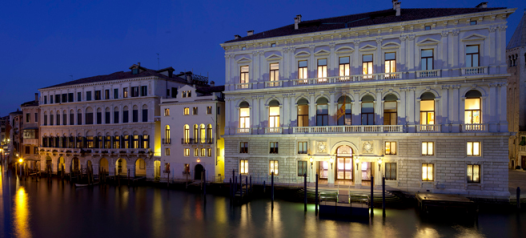
Palazzos of Venice
Keep in mind that canals are the roads in Venice, therefore waterfront parts of the Palazzos are the most elaborate, and street fronts are usually unremarkable. This is a reason why you should see Venice from the water, especially buildings along the Grand Canal.
Gondolas and Gondoliers
Gondoliers are part of the symbolism and mythology of Venice. Local legend has it that they are born with webbed feet to help them walk on water. Their intimate knowledge of the city’s waterways is passed down from father to son (this is still very much a male preserve, with 2 female gondoliers in whole city as of August 2018). The gondola, with its slim hull and flat underside, is perfectly adapted to negotiating narrow, shallow canals.
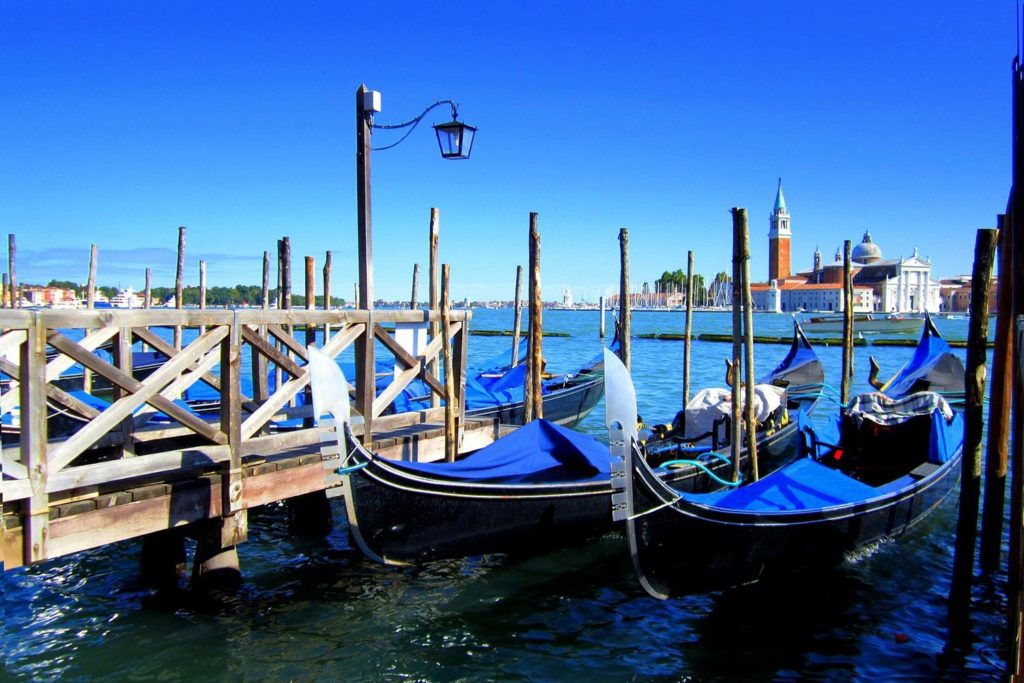
Gondolas by San Marco Square
Once essential for the transport of goods from the markets to the palazzi, gondolas today are largely pleasure craft and a trip on one is an essential part of the Venetian experience. It gives an entirely different perspective on the city, gliding past grand palatial homes, using a form of transport that dates back over 1,000 years.
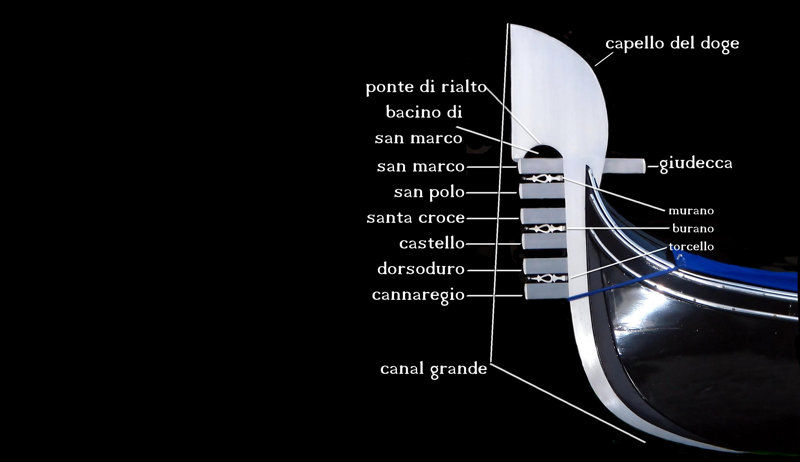
Meaning-of-ferro-da-gondola
The Ferro (front part of gondola) serves to balance the weight of the rower. Its metal teeth symbolize the six sestieri of Venice, beneath a doge’s cap and 3 main islands on the lagoon.
Venetian Masks and the Carnival
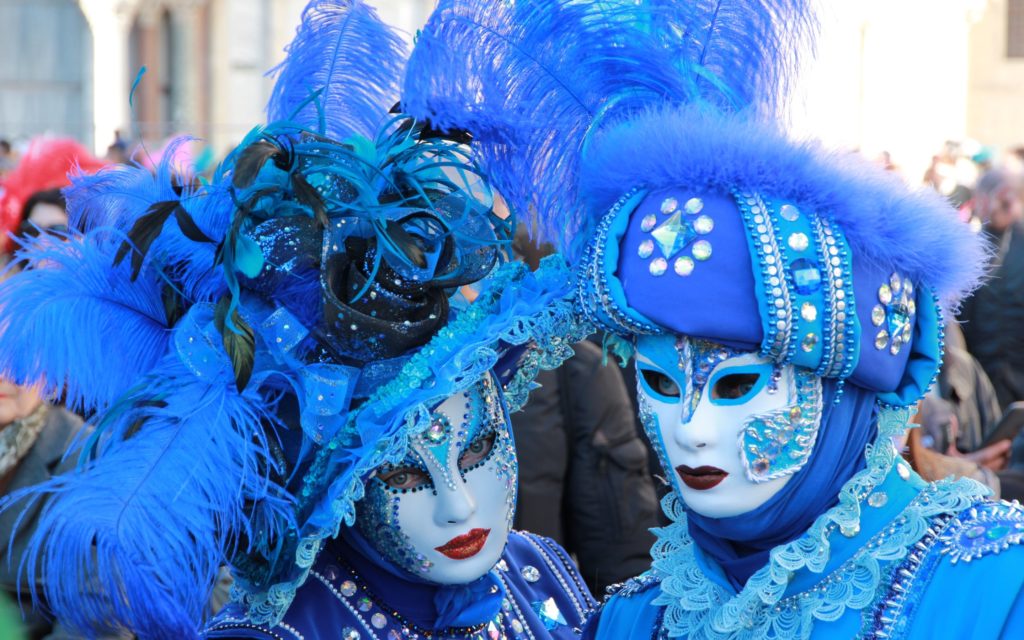
Carnival-costumes
The Venetian gift for intrigue comes into its own during the Carnival, a vibrant, playful festival preceding the abstinence of Lent. Masks and costume play a key role in this anonymous world; social divisions are dissolved, participants delight in playing practical jokes, and anything goes. The tradition of Carnival in Venice began in the 11th century and reached its peak of popularity and outrageousness in the 18th century. Industrialization left little leisure time and Carnival fell into decline, but was successfully revived in 1979.
Best Time to Visit
Venice is a city that can be enjoyed at all times of the year. Even winter’s mists add to the city’s romantic appeal, though clear blue skies and balmy weather make spring and autumn the best times to go. Please keep in mind that most outdoor waterfront terraces are open seasonally from mid April to mid October, and part of great Venice experience is sitting by the canals and enjoy a drink or a meal. In off season you might avoid crowds, but there is this trade off to consider.

Venice-Seasons
Winter
Once a quiet time of year, winter now brings an increasing number of visitors to the city of Venice, especially over Christmas, New Year and Carnival. Many a day that begins wet and overcast ends in a blaze of color – the kind of sunset reflected off rain-washed buildings that Canaletto liked to paint. Local guides highly recommend Christmas time. That’s when most people leave the city to visit their families on the mainland and crowds are nonexistent.

Winter
Do keep in mind that it can snow in Venice.
Spring and Fall
Spring and Fall are savvy travelers choices, as crowds lessen yet whether still allows outdoor activities and dining.

Venice in the Fall
Summer
Summer brings the crowds to Venice. Lines to museums and popular sites are long, and hotels are frequently fully booked. On the other hand, there is certain type of energy that comes with bustling city, usually absent off season. Most of the crowds are coming for a day tour, so places farther from San Marco-Rialto bridge itinerary can still be surprisingly peaceful even in the Summer.
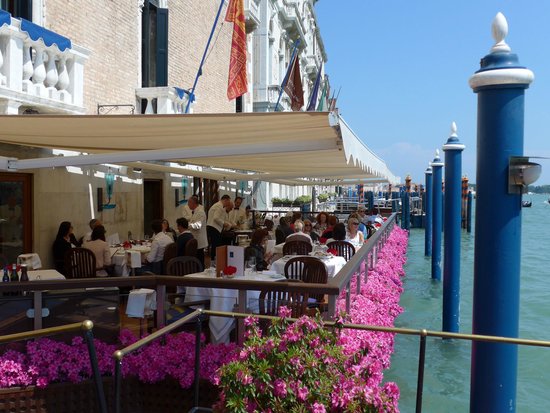
Summer
Brief History of Venice
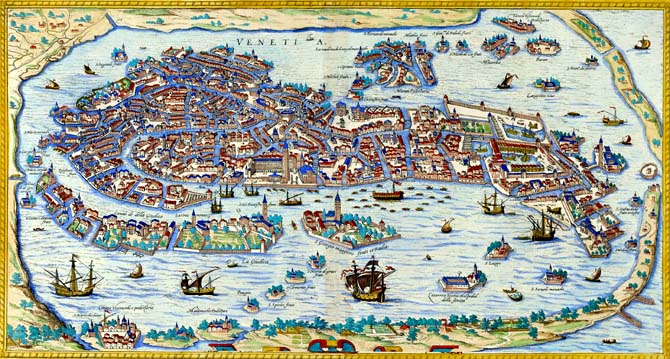
History of Venice
The Birth of Venice
Fleeing the Goths, who were systematically looting and burning their way southwards to Rome, the people of the Veneto sought refuge among the wild and uninhabited islands of their marshy coast. There they formed villages, and from the ashes of the Roman past rose the city of Venice (founded, as tradition has it, in AD 421).

The Goths Invasion
Exploiting its easily defended maritime position, important trade links with Byzantium were created. Venice proclaimed its brash self confidence by brazenly stealing the relics of St Mark the Evangelist from Alexandria, in Egypt.
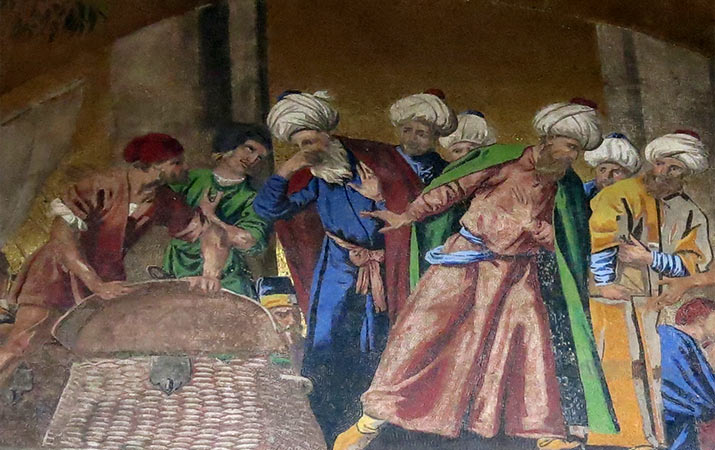
stealing the relics of St Mark the Evangelist
The Growth of the Empire
During the Middle Ages, Venice expanded in power and influence throughout the eastern Mediterranean, culminating in the conquest of Byzantium in 1204. At home, in contrast to the fractional strife of most of the area, Venice enjoyed a uniquely ordered administration headed by the doge, an elected leader whose powers were carefully defined by the Venetian constitution. Real power lay with the Council of Ten and the 2,000 or so members of the Grand Council, from whose number the doge and his advisers were elected.
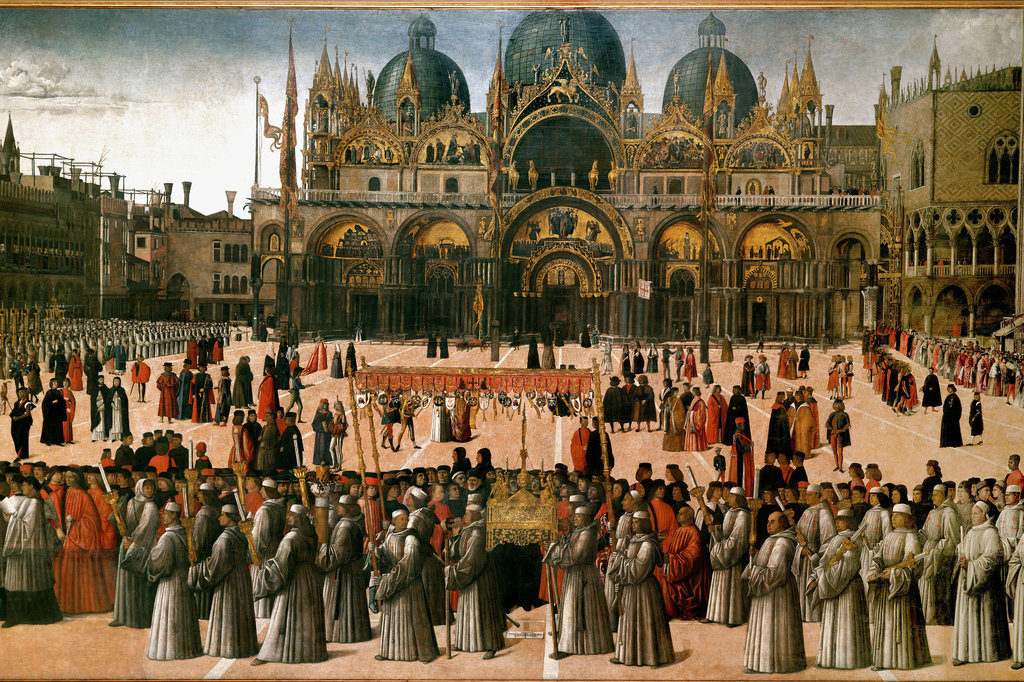
Venetian Empire
The Queen of the Adriatic
By the 16th century, Venice held a monopoly on Mediterranean trade and had colonized the whole of northeastern Italy, from the Adriatic to the Alps. Keeping hold of such a vast empire meant being in a constant state of war. The League of Cambrai, dedicated to destroying Venice, was formed in 1508 by the most powerful men in Europe, Pope Julius II and the Holy Roman Emperor Maximilian. Their troops sacked the cities of the Veneto, but the region remained loyal to Venice’s relatively benign rule. Far more of a threat were the Turks. They carved out the Ottoman Empire from 1522, driving Venice from the eastern Mediterranean and eventually taking Cyprus in 1570.
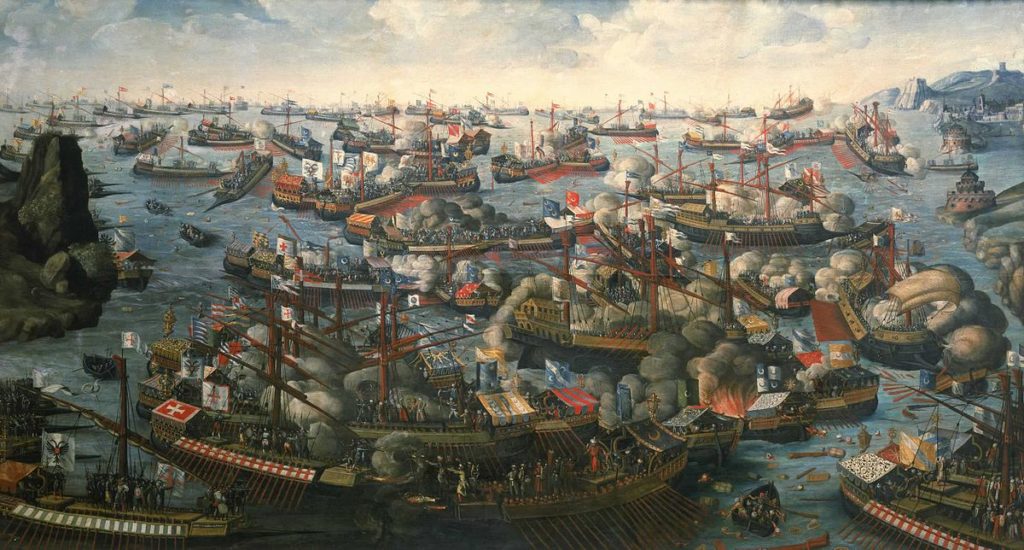
Venitian Navy
Glorious Decadence
No longer a major power, 18th-century Venice became a byword for decadence, as aristocratic Venetians frittered away their inherited wealth in lavish parties and gambling. All this crumbled in 1797, when the city was besieged by Napoleon, who demanded the abdication of the doge. Napoleon granted the city to his opponents, the Austrians, whose often authoritarian rule drove many people of the Veneto to join the vanguard of the revolutionary Risorgimento. This movement, led in Venice by Daniele Manin, was dedicated to creating a free and united Italy, a dream not fully realized until 1870, four years after Venice was freed from Austrian rule.
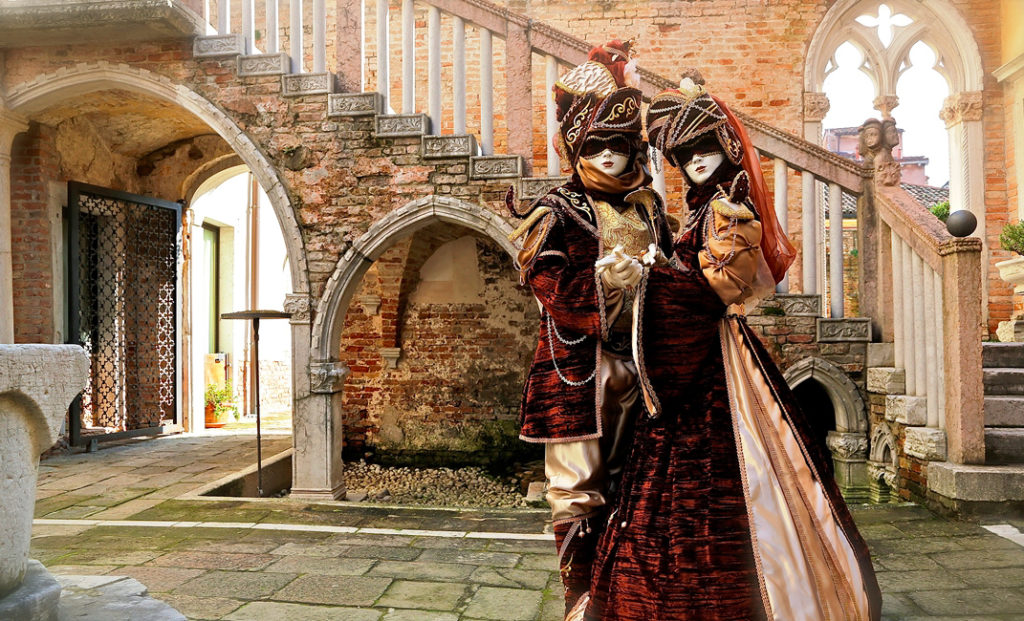
Decadence
Venice in Vogue
From being an introverted and unchanging city, Venice developed with remarkable speed. The opening of the Suez Canal in 1869 brought new prosperity; a new harbour was built for oceangoing ships and Venice became a favourite embarkation point for colonial administrators and rich Europeans travelling east. The fashion for sea-bathing and patronage by wealthy socialites reawakened interest in the city, and the founding of the Biennale attracted Europe’s leading artists, who expressed their enthusiasm for the city in novels, paintings and music.

Peggy Guggenheim 80th Birthday at Gritti Palace
Igor Stravinsky (1882–1971) Along with Turgenev, Diaghilev and Ezra Pound, were some of many émigrés enchanted by the magic of Venice. Peggy Guggenheim (1898–1979),patron of the avant garde, brought her outstanding art collection to Venice in 1949.
City’s Layout
Venice is small and most of the sights can be comfortably visited on foot. The heart of the city is the Piazza San Marco, which is overlooked by the great Basilica and the Doge’s Palace. For many, these are attractions enough, but there are delights worth exploring beyond the Piazza, such as the galleries of the Accademia, Ca’ Rezzonico and the imposing Frari church. Unique to Venice are the naval Arsenale to the east and the Ghetto (first one in the world) in the north.

map-greater-venice
Grand Canal
Known to the Venetians as the Canalazzo, the Grand Canal sweeps through the heart of Venice, following the course of an ancient riverbed. Since the founding days of the empire it has served as the city’s main thoroughfare.
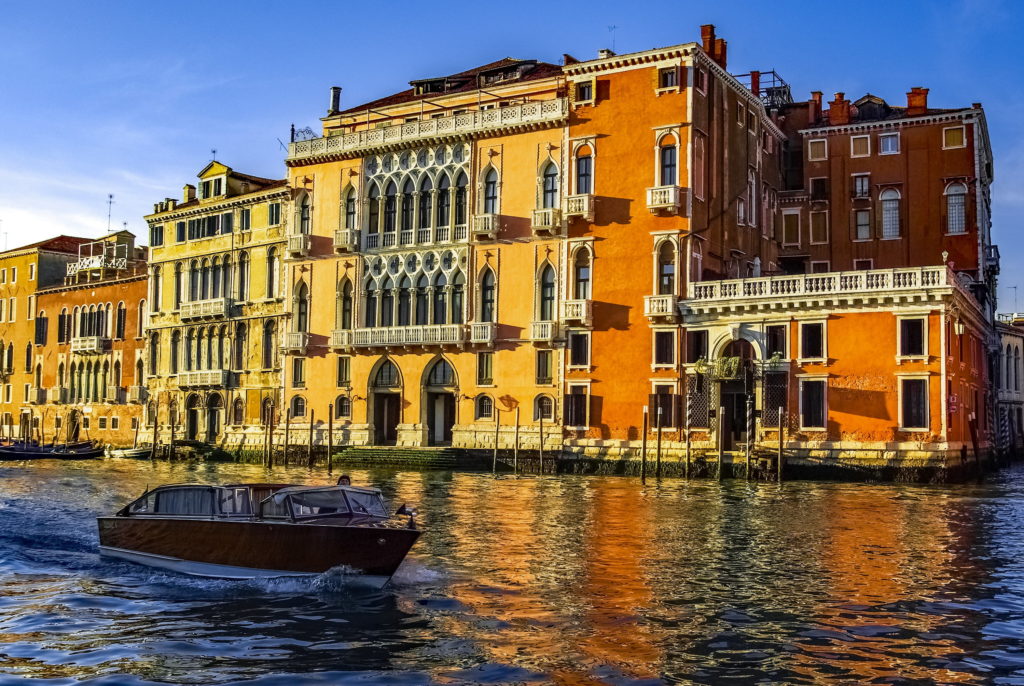
Grand Canal
The parade of palaces bordering the winding waterway, built over a span of around 500 years, presents some of the finest architecture of the Republic. Historically it is like a roll call of the old Venetian aristocracy, with almost every palazzo bearing the name of a once-grand family. Bright frescoes may have faded, precious marbles worn, and foundations frayed with the tides, but the Grand Canal is still, to quote Charles VIII of France’s ambassador in 1495, “the most beautiful street in the world”.
Central Venice
Venice is divided into six ancient administrative districts or sestieri. Visitors usually start with the Piazza San Marco, heading for the Doge’s Palace and the breathtaking Basilica, but each district has its own distinct character, and time spent exploring each will be fully rewarded.
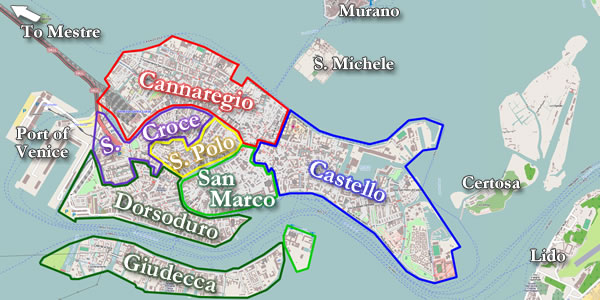
Venice-map-sestieri
SAN MARCO
Home of the political and judicial nerve centers of Venice, the sestiere of San Marco has been the heart of Venetian life since the early days of the Republic. The great showpiece of the Serenissima (Italian nickname for Venice) was the Piazza San Marco, conceived as a vista for the Doge’s Palace and the Basilica. The square, described by Napoleon as “the most elegant drawing room in Europe”, was the only one deemed fit to be called a piazza – the others were merely campi, or fields. The San Marco area has the bulk of luxury hotels, restaurants and shops. It is also home to several imposing churches, three theatres, including the famous Fenice, and a wealth of handsome palazzi. Many of these line the sweeping southern curve of the Grand Canal, which borders the sestiere.
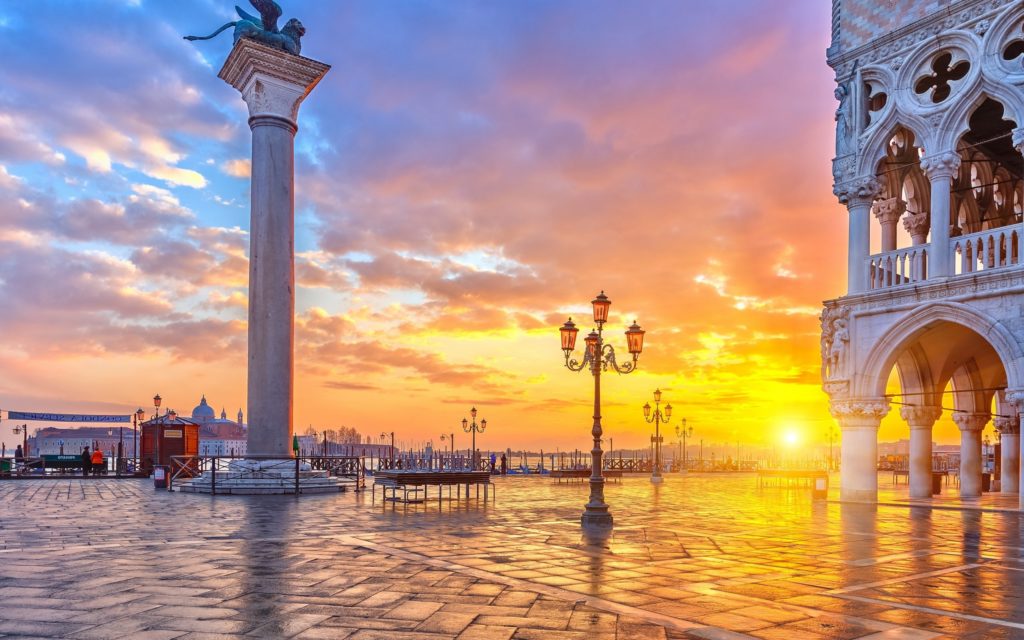
San Marco
SAN POLO AND SANTA CROCE
The sestieri of San Polo and Santa Croce, bordered by the upper sweep of the Grand Canal, were both named after churches which stood within their boundaries. The first inhabitants are said to have settled on the cluster of small islands called Rivus Altus (high bank) or Rialto. When markets were established in the 11th century, the quarter became the commercial hub of Venice. San Polo is still one of the liveliest sestieri of the city, with its market stalls, small shops and local bars.
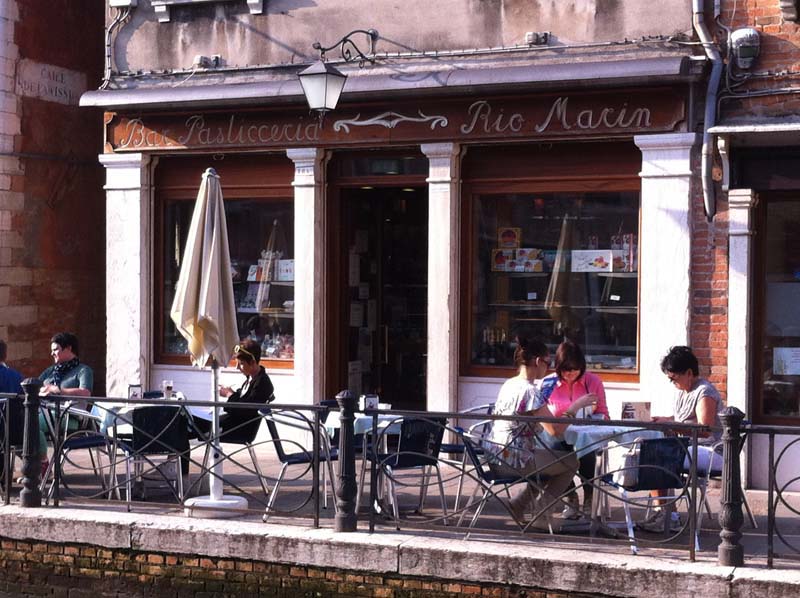
Bars in San Polo
The bustle of the market gives way to a maze of narrow alleys opening on to squares. Focal points are the spacious Campo San Polo, the Frari church and the neighboring Scuola di San Rocco.
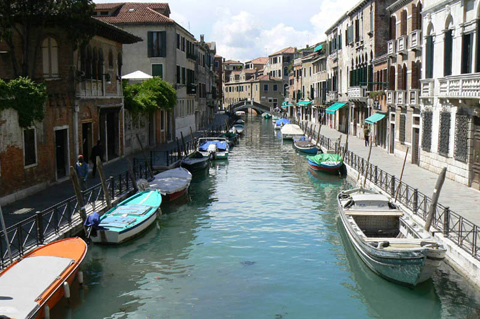
san-polo-santa-croce
Santa Croce for the most part is a sestiere of very narrow, tightly packed streets and squares where you will see the humbler side of Venetian life. Its grandest palazzi line the Grand Canal. Less alluring is the Piazzale Roma, the city’s giant car park, lying to the west.
CASTELLO
The largest sestiere of the city, Castello stretches from San Marco and Cannaregio in the west to the modern blocks of Sant’Elena in the east. The area takes its name from the 8th-century fortress that once stood on what is now San Pietro, the island which for centuries was the religious focus of the city. The church here was the episcopal see from the 9th century and the city’s cathedral from 1451 to 1807.
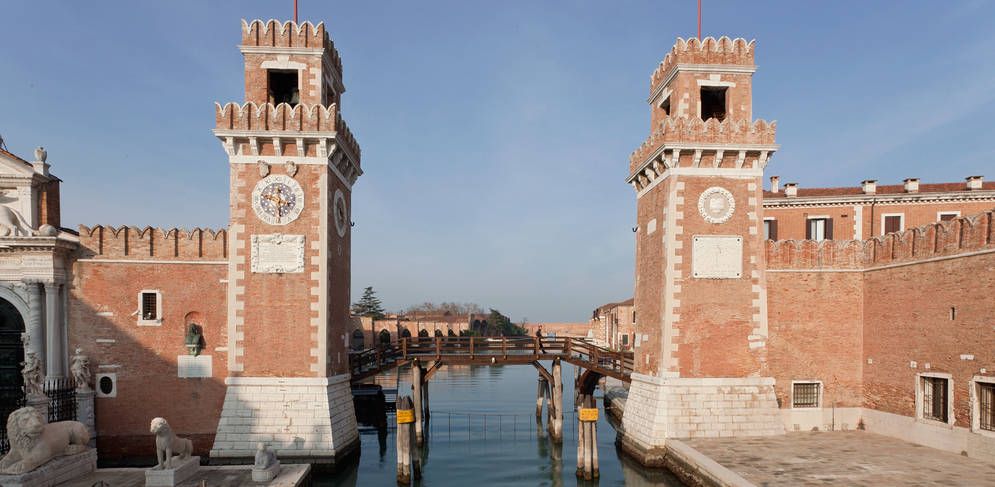
Arsenale-Castello
The industrial hub of Castello was the Arsenale, where the great shipyards produced Venice’s indomitable fleet of warships. Castello’s most popular and solidly commercial area is the Riva degli Schiavoni promenade. Behind the waterfront it is comparatively quiet, characterized by narrow alleys, elegantly faded palazzi and fine churches, including the great Santi Giovanni e Paolo.
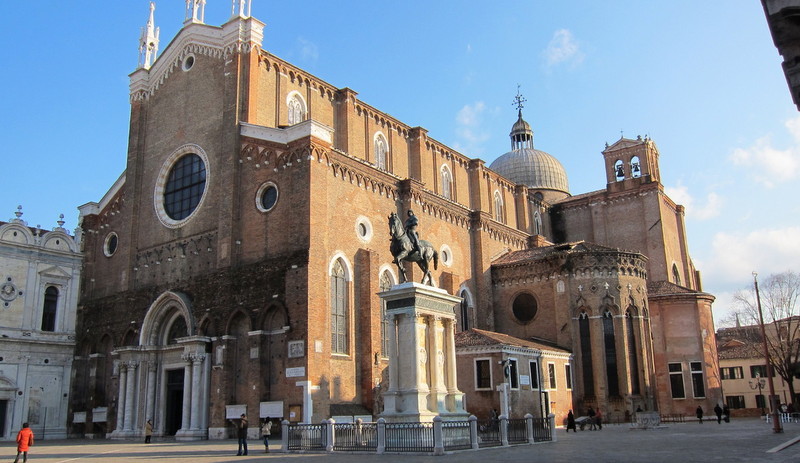
Basilica dei Santi Giovanni e Paolo
DORSODURO
East of the Accademia, the Dorsoduro is a quiet and pretty neighborhood with shaded squares, quiet canals and picturesque residences belonging to wealthy Venetians and foreigners. Among the area’s attractions are the wide-embracing lagoon views, both from the eastern tip near the Salute and from the Zattere across to the island of Giudecca.
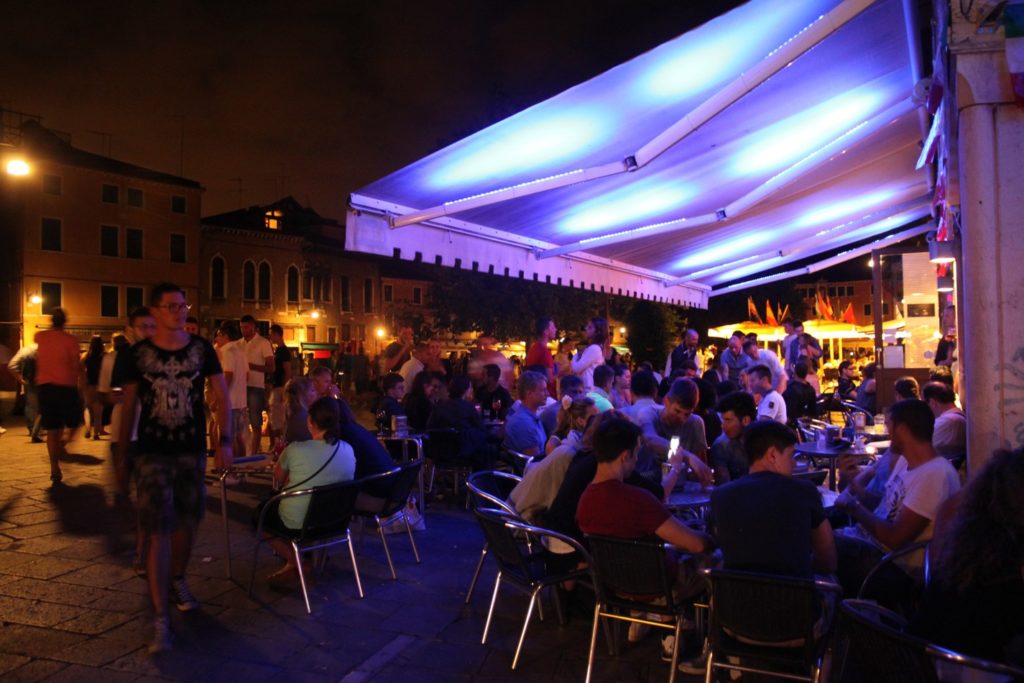
Campo Santa Margherita
West of the Accademia, the sestiere is more vibrant, with the busy Campo Santa Margherita as its attractive focal point. Further west, the shabbier area around the beautiful church of San Nicolò dei Mendicoli was originally the home of fishermen and sailors. The Dorsoduro plays host to several major collections of art, notably the Accademia Gallery and the Peggy Guggenheim Collection of 20th-century art.
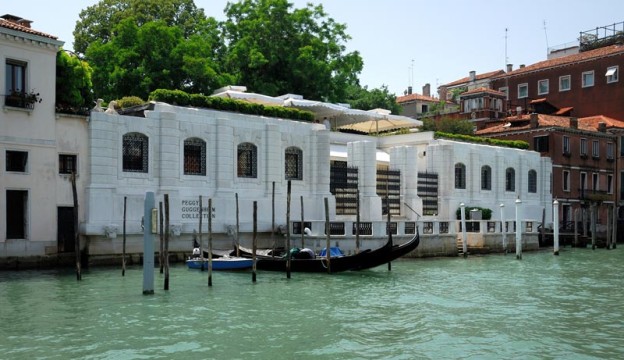
Peggy-Guggenheim-Collection
CANNAREGIO
The city’s most northerly sestiere, Cannaregio, stretches in a large arc from the 20th-century railway station in the west to one of the oldest quarters of Venice in the east. The northern quays look out towards the islands in the lagoon, while to the south the sestiere is bounded by the upper sweep of the Grand canal. The name of the quarter derives either from the italian canne, meaning “canes” or “reeds”, which grew here centuries ago, or perhaps from “canal regio” or royal canal – the former name of what is now the Canale di Cannaregio. This waterway was the main entry to Venice before the advent of the rail link with the mainland. Over a third of the city’s population lives in Cannaregio.
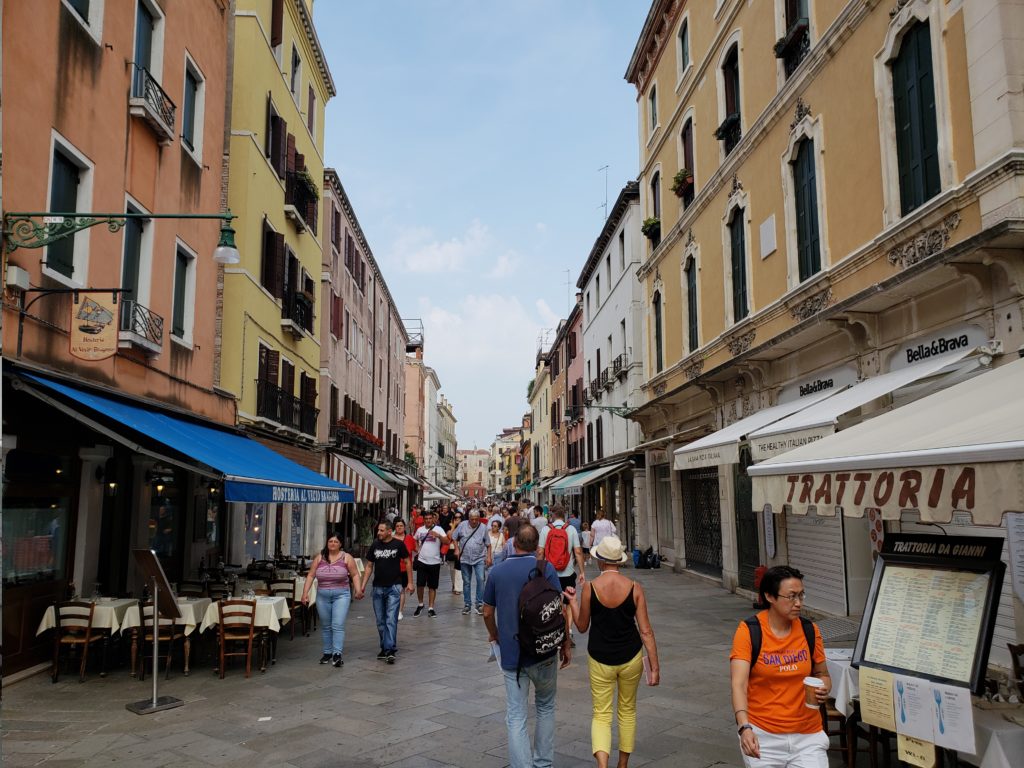
Strada-Nova
For the most part it is an unspoiled area, divided by wide canals, crisscrossed by alleys and characterized by small stores, simple bars and the artisans’ workshops. One of the prettiest and most remote quarters is in the north, near the church of Madonna dell’Orto and around campo dei Mori. Tourism is concentrated along two main thoroughfares: the Lista di Spagna and the wide Strada nova, both on the well-worn route from the station to the Rialto.
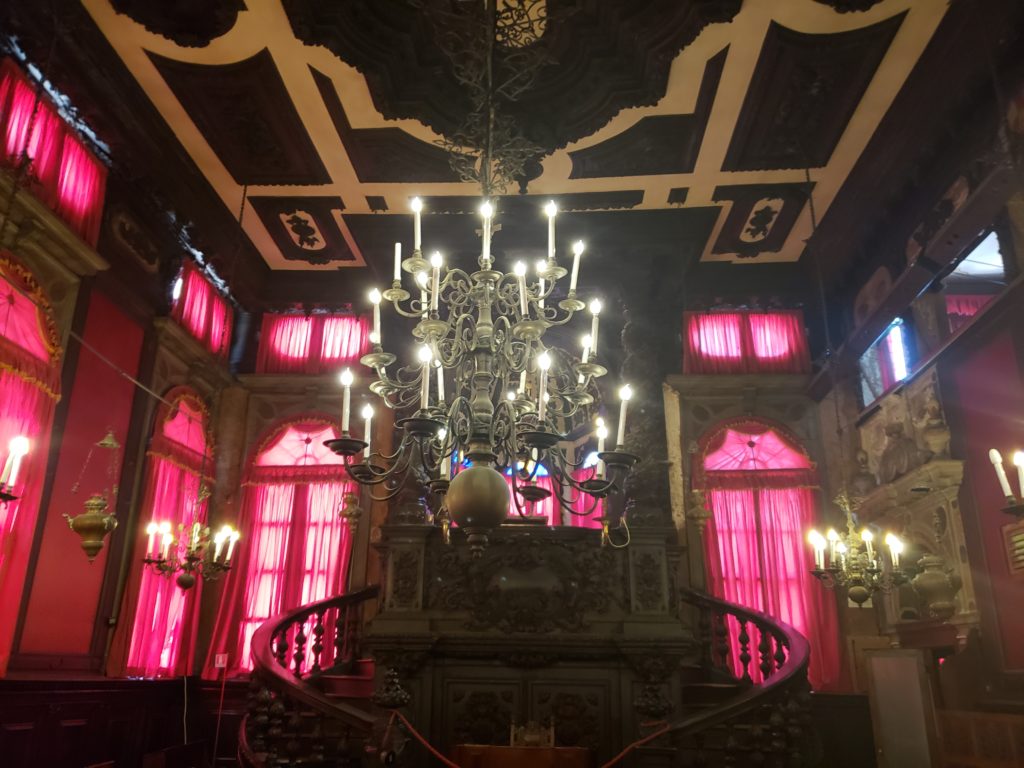
Venice-Synagogue
Just off this route lies the world’s oldest ghetto. Though the Jewish community now lives all over the city, this is historically the most fascinating quarter of Cannaregio with 5 different and beautiful synagogues.
Lagoon Islands
A trip to the Lagoon Islands makes a welcome break from the densely packed streets of the city. Murano, celebrated for its glass, can be reached in a matter of minutes. Further north, Burano, the “lace island”, and ancient Torcello are well worth the longer ride. The Lido, with its sandy beaches, is an easy journey from San Marco. Some of the lesser-known islands are worth exploring too, but access can sometimes be difficult.
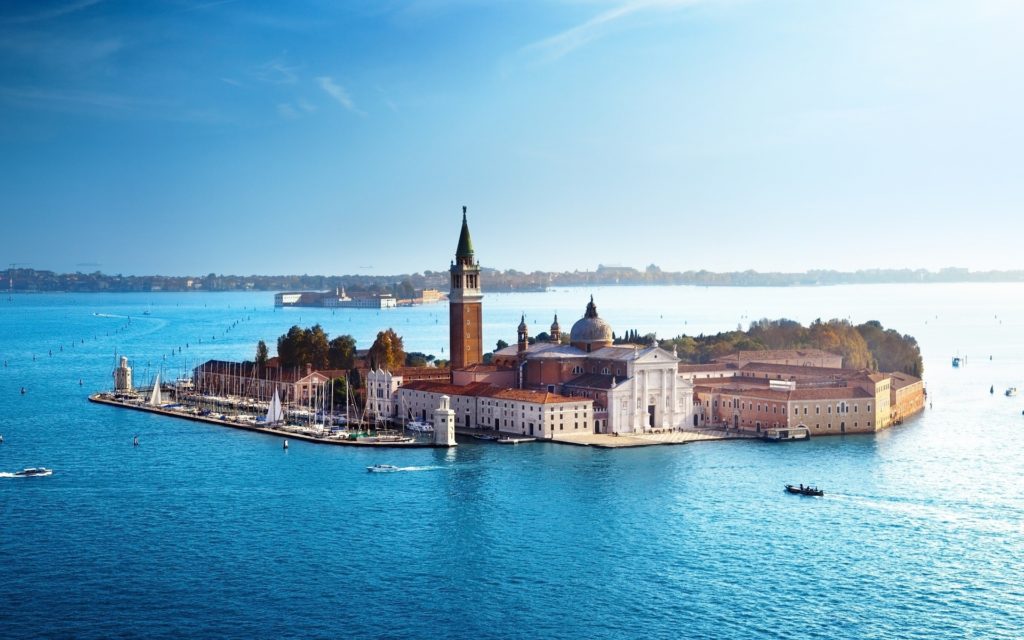
san-Giorgio-Maggiore
Venetian food
Venetian wine and drinks
Italy has been making wine for over 3,000 years, and production in the Veneto reflects this, with the largest output in Italy of superior wines. The area produces an abundance of different wines, which include not only well-known names such as Soave, Valpolicella and Bardolino, but many others which are also excellent value for money. Although Italians tend to drink lighter wines with their food, the area is also noted for some excellent strong wines. Italy’s famous digestivo, grappa, originated in this corner of the country, and meals are often preceded by an aperitivo or a glass of sparkling local Prosecco.
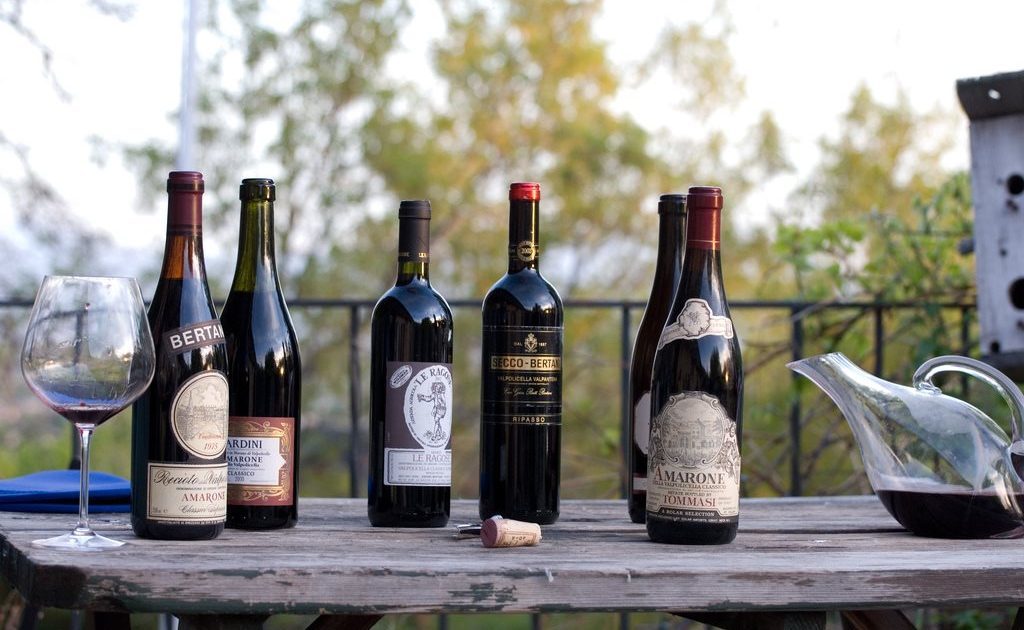
Venetto Reds
Red Wine
Red wines in the Veneto are produced mainly near Bardolino and Valpolicella, between Verona and Lake Garda. Made predominantly from the Corvina grape, they are usually light and fruity, but quality can vary so, it is worth looking for reliable names. Valpolicella comes in several forms. In addition to the normal easy-drinking wine, it is available as a Ripasso, boosted in color and strength by macerating the skins of the grapes before pressing.
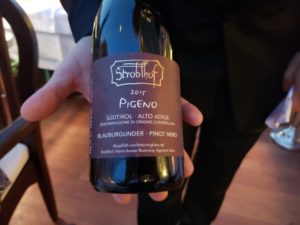
Pinot Nero
Recioto della Valpolicella is very different, a rich, sweet wine made from selected air-dried grapes. Some Reciotos undergo further fermentation to remove the sweetness, producing the strong, dry Recioto Amarone. These are some of the strongest naturally alcoholic wines in the world and are delicious but expensive. Excellent red wines are also made by producers such as Venegazzù and Maculan from the Cabernet Sauvignon and Merlot grapes.
Some of the best Pinot Noir in Europe (Pinot Nero in Italian) comes Dolomites region of northern Veneto. I particularly enjoyed this grape varietal while in Venice.
White Wine
The Veneto produces more white wine than red, and most of the region’s whites are from vineyards around the hilltop town of Soave. These wines can be dull, but increasing numbers of producers are trying to raise Soave’s image.
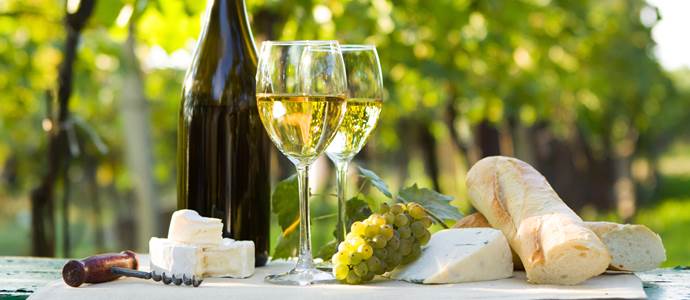
Veneto white wine
Bianco di Custoza, a creamy, richer-tasting “super Soave” from the eastern shores of Lake Garda, is well worth trying. Breganze is a name to look out for, with Maculan a leader in making fresh, clean, inexpensive wines and world class dessert wines. Gambellara is made mainly from Soave’s Garganega grape and is seldom of poor quality. Venegazzù is another producer you can trust for good-quality white wines.
Venetian food
Restaurants in Venice serve predominantly Italian food from the region, with a special emphasis on fish and seafood. Wherever visitors go, they will find the cooking simple, with dishes that make full use of traditional, locally grown ingredients. 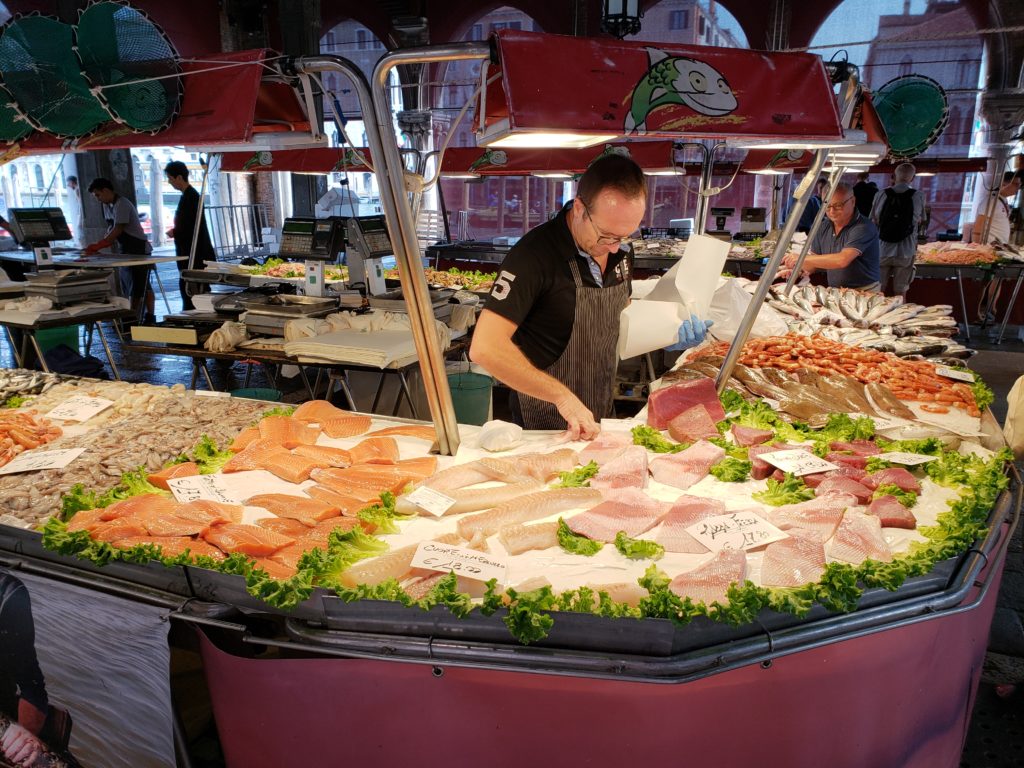
The most important sources of ingredients are the waters – both inland and coastal – that yield a constant supply of fish and seafood. In general, the cooking is light, fresh and delicately flavoured, without heavy sauces. Fish may be simply grilled or poached with herbs, while carpaccio of raw beef is sliced to transparent thinness. Other region’s staples have long been polenta and rice, although pasta is also popular.
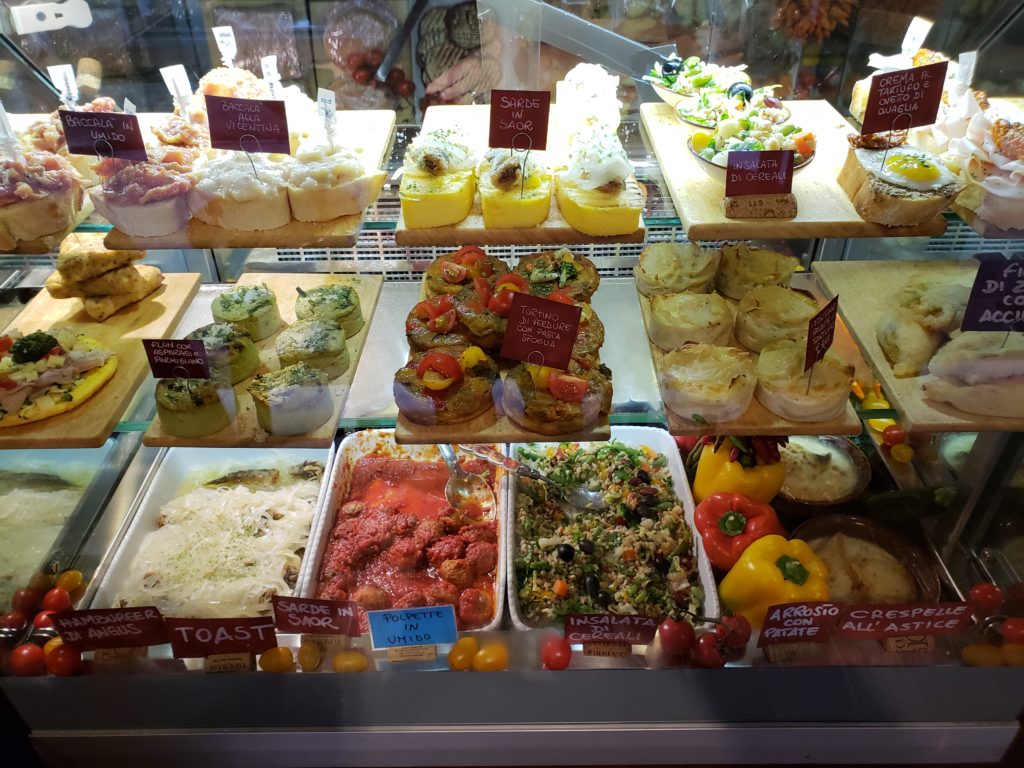
Cicheti
Cicheti, or Venetian tapas, are some of the best foodie finds in the country, served at lunch and from around 6pm to 8pm with sensational Veneto wines by the glass. Cicheti range from basic bar snacks (spicy meatballs, fresh tomato and basil bruschetta) to wildly inventive small plates. For cicheti with ultra fresh ingredients at manageable prices, seek out osteries along side lanes and canals in Cannaregio, Castello, San Polo and San Marco.
Eating out in Venice
Eating places in Italy have a variety of names. For example, a ristorante is smarter and more expensive than a trattoria. A birreria and a spaghetteria are more down-market eating places selling beer, pasta and snacks. There are also a large number of fast-food joints and tavola calda (cafeteria-style) establishments, which have no cover or service charge. A good pizzeria will use wood-fired ovens and normally be open only in the evenings. An enoteca is a wine bar that often serves meals too, while an osteria is a typical neighborhood bar that often does bar snacks. Those not looking for a full meal at lunchtime can stop at a bar or café for a light snack.
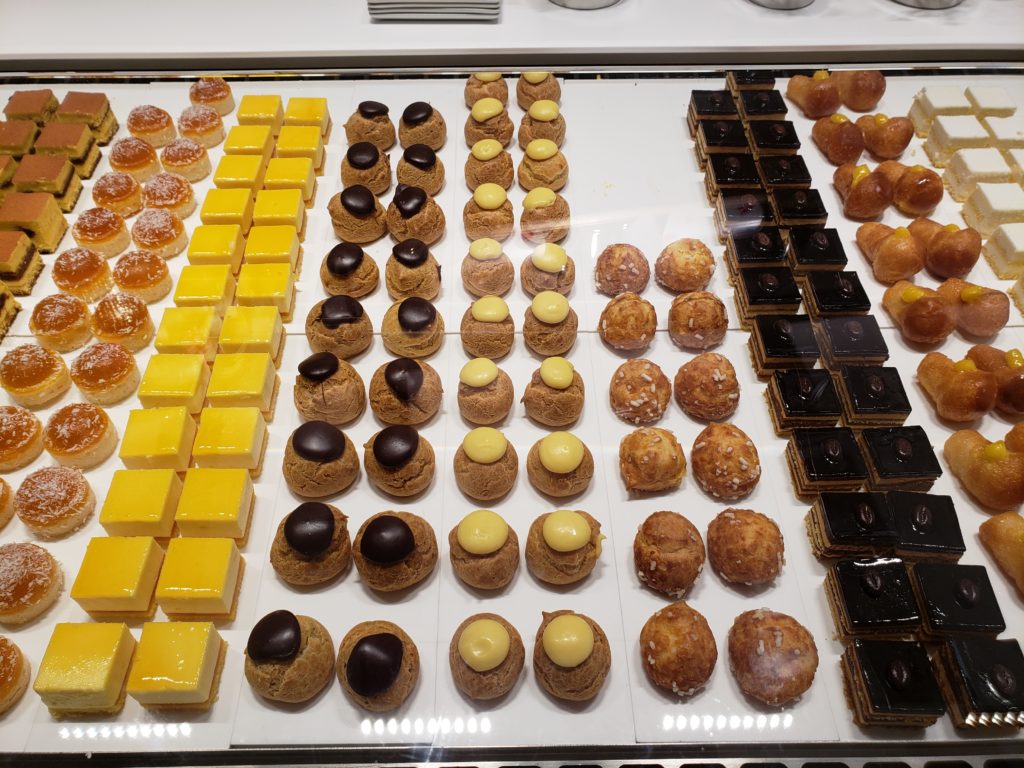
Dolce
Dress Code
Italians like to dress up in general, Venetians in particular, and dining out is no exception. Smart casual clothes are the general rule for both men and women.
Where to eat
While back, when visiting Venice, the unwritten rule was that only good food can be found in the upmarket restaurants within 5 star hotels or in the local neighborhoods farther away from San Marco. The only reasons one would eat around Piazza San Marco was out of the desperation or to people watch. Thanks to the fast mobile internet and quick access to the reviews sites like TripAdvisor.com a remarkable thing happened in Venice’s most touristy spots: food improved dramatically, (although prices are still relatively high).
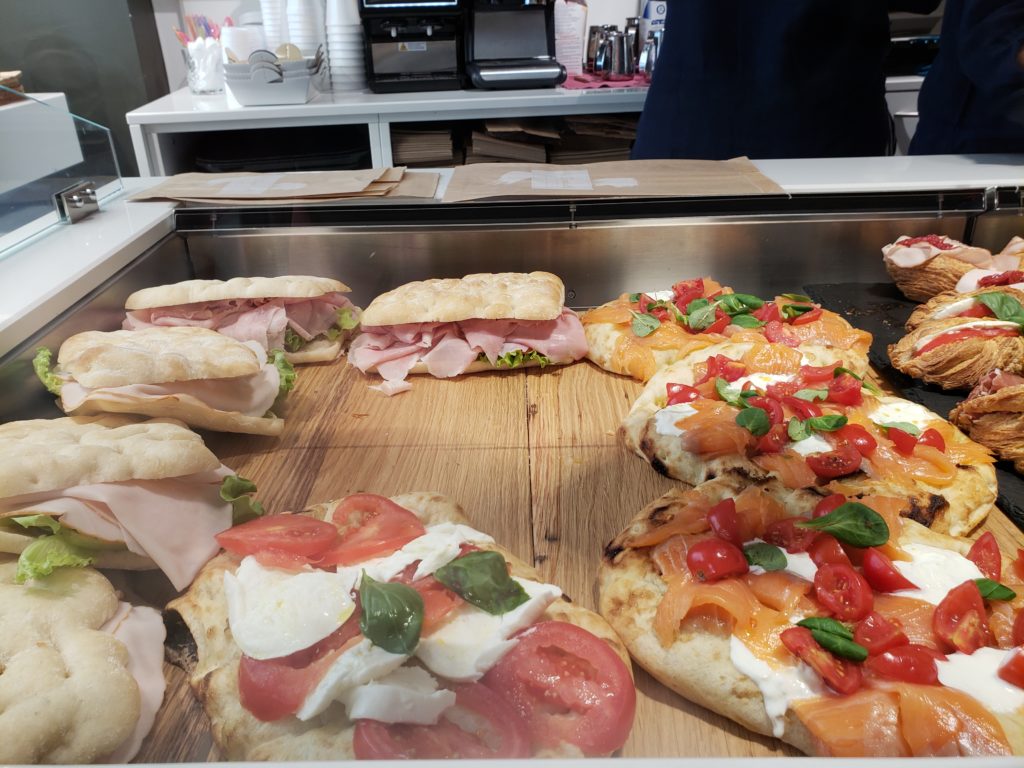
plenty of quick snacks
Now, if you choose one of the outdoor cafes in Piazza San Marco in the middle of the Summer, you will still pay steep premium, however keep in mind that you are paying for real estate and not for a drink or snack. So yes, you will have 12-15 euros cup of coffee, but that seat will be yours as long as you like.
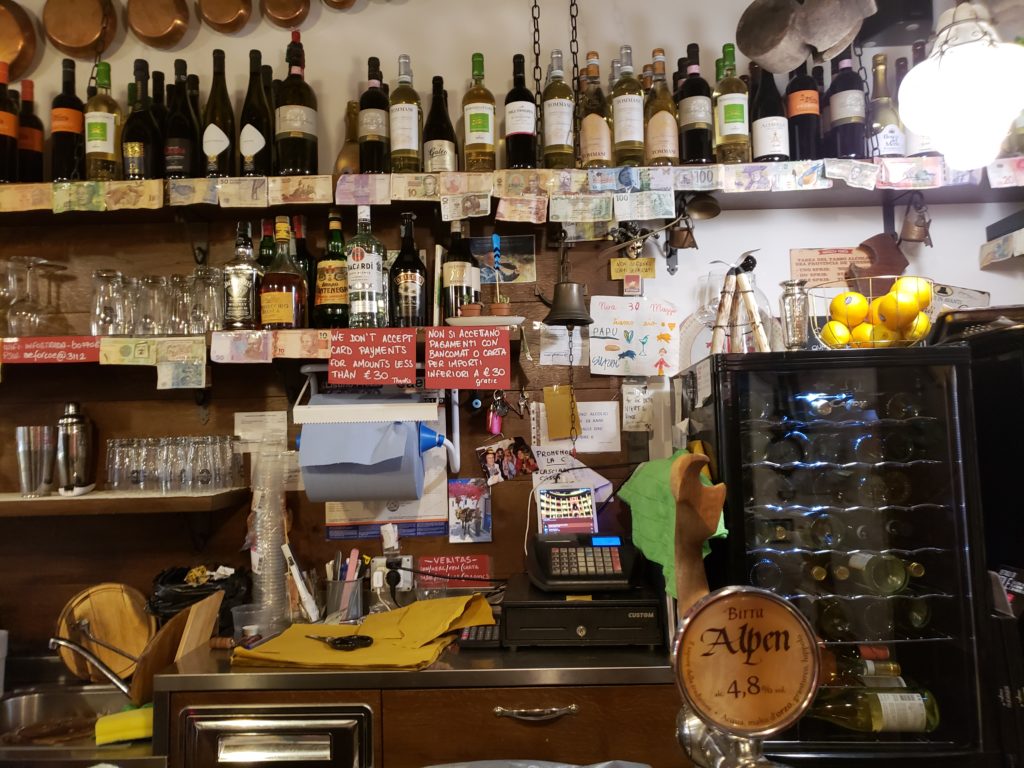
local bars
Looking for a quick shot of espresso or cold water? Walk into a standing only bar section of many cafes one block in any direction of city’s main square and you will save 80% on your bill.
Few of the places I truly enjoyed and would highly recommend are:
High End: Restaurant and bar at the Gritti Palace
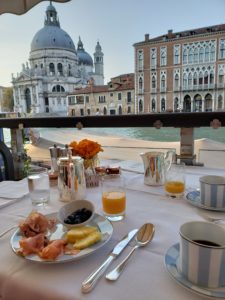
breakfast-at-the-Gritti

Dinner-at-Gritti
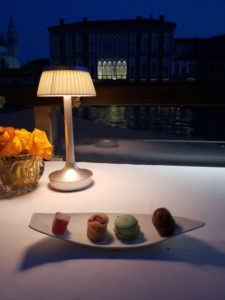
Dinner-desert
The Gritti Palace features a wonderful deck bar with a splendid views of the Grand Canal (no reservation required) as well as 5 star restaurant (reservation required): Club del Doge Restaurant. Make sure you inquire about outdoor seating, as the views are one of the best in Venice.
Want to experience 5 star Canal view dining at budget price? Consider breakfast at the Gritti. 33 Euros per person gets you spectacular views and full buffet with Prosecco for a toast.
Upper to Mid Range
A Beccafico Ristorante: Located near Accademia bridge on Campo San Stefano this excellent restaurant features indoor and outdoor gourmet Sicilian dining. Many locals consider A Beccafico to have best Sicilian food in Venice. Lite dishes favoring fresh seafood are perfect for a unforgettable meal.
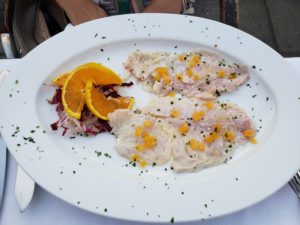
A Becaffico
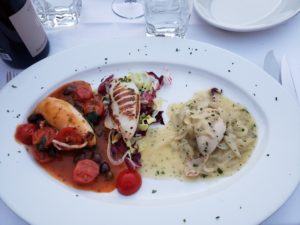
A Beccafico-Sicilian-Squid
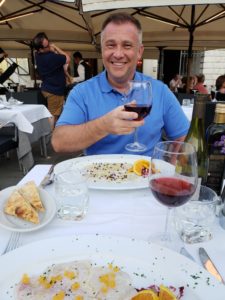
A Beccafico-dinner
Located just minutes from the La Fenice opera house, it is a perfect place for romantic meal after the performance. Staff is as friendly as the food is good. We had a perfect meal and only wish I would discover A Beccafico earlier.
Budget
Osteria ae Forcoe is a simple yet charming place close to the major tourist attraction that proves the power of social media in food industry. It doesn’t even have a website, yet we met people from around the world that heard about Osteria ae Forcoe from friends on Facebook. It is tiny, featuring just 6 bar stools, and 4 tables in a narrow space. Yet service is great, wine and beer selection very good and most importantly, it is a perfect spot to try local Cicheti, or Venetian tapas, especially if you are in Venice just for a day and do not have time to wander into local neighborhoods.
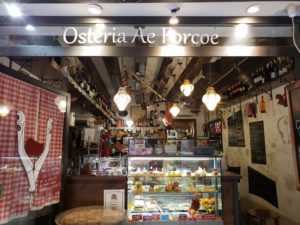
Osteria ae Forcoe

Cicheti
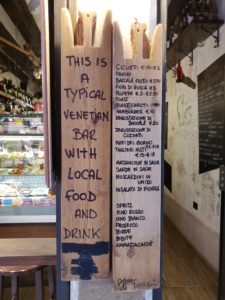
Osteria ae Forcoe menu
Located at Castello 5377, Osteria ae Forcoe is halfway between Piazza San Marco and Basilica dei Santi Giovanni e Paolo. Average Chicetti costs 3-4 euros, wine and beer about 5 euros per glass.
Lodging
Venice’s enduring appeal to romantics and art lovers means that it has an astonishing number of hotels for its size, many of them in former palazzi.
This city is an expensive place to stay and can hardly be said to have a “low season” with the benefits of lower or negotiable prices.
Unlike most other cities, Venice has hardly any “undesirable” areas. Hotel prices are sometimes higher in the immediate vicinity of the Piazza San Marco, but in such a compact city areas such as Santa Croce or Cannaregio are never far from places of interest.

the Gritti Palace
We stayed at The Gritti Palace, Luxury Collection Hotel, and I couldn’t recommend it more. To read about our experience>Click Here.
I hope this introduction and guide to the City on Water (or as I call it “Venice of Italy”) was helpful and will allow you to create unforgettable memories.
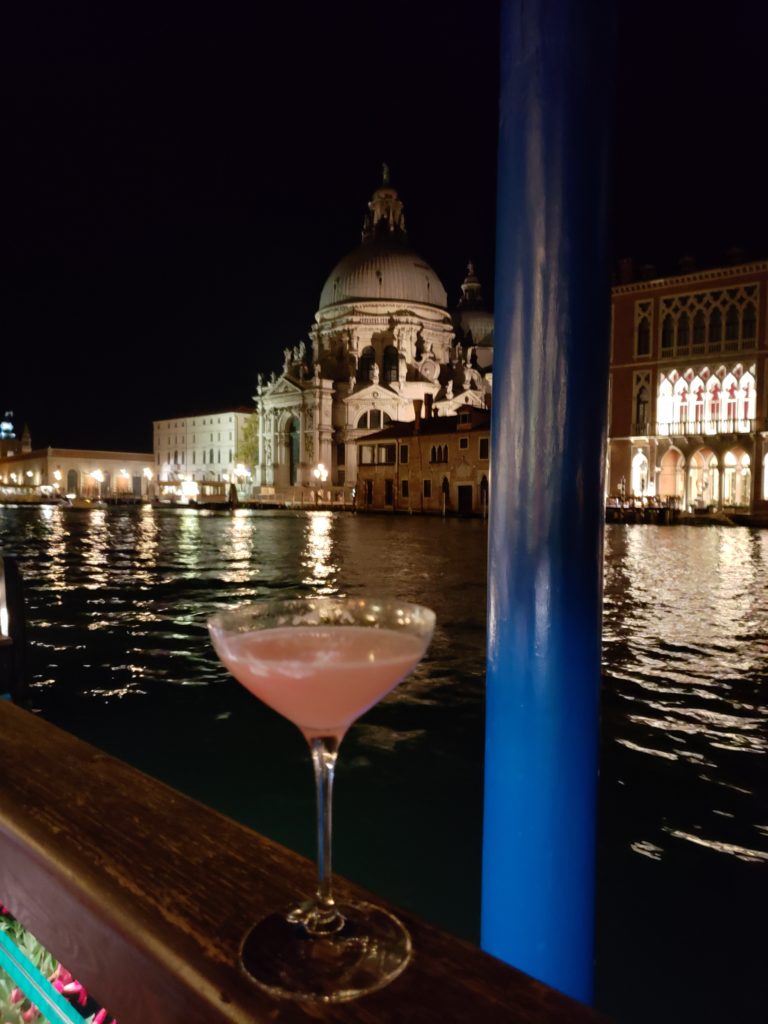
Memories of Venice
However, I do realize that finding a perfect place to stay and dine might be challenging for someone traveling first time to Venice. Many get overwhelmed by choices Venice presents. If that describes you, no worries. My friend and expert on Venice, Brenda Furey Harmeling and Elegant Travel Worldwide, stands ready to help you plan your magical Venice experience. She visited the Floating City over 45 times and her services are at your disposal.
To contact Brenda Furey Harmeling and Elegant Travel Worldwide for free trip consultation click here or email bffffh@gmail.com
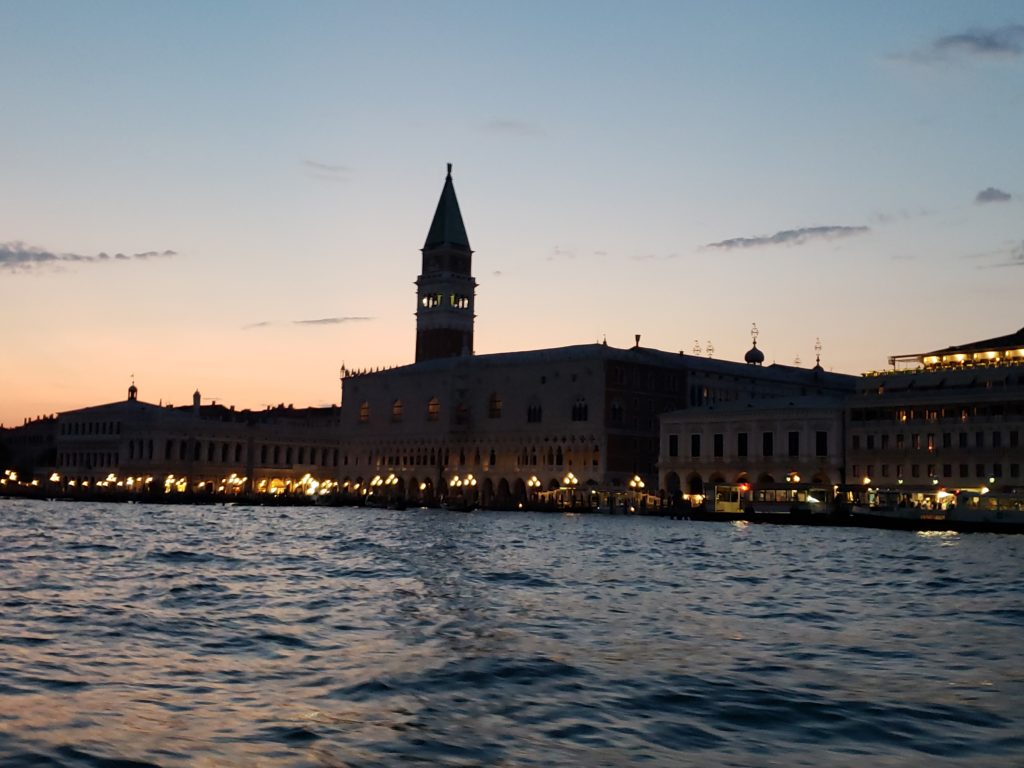
Sunset over San Marco

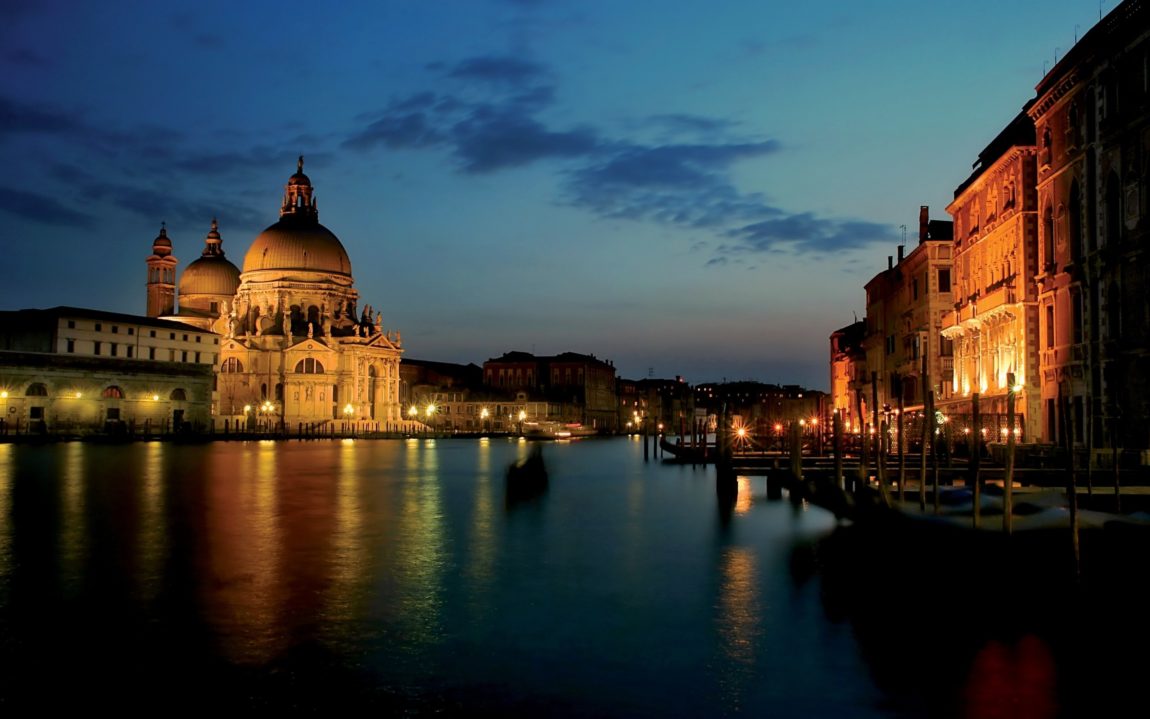



Perfect 5 Days in Venice, Italy (Part 1) - PointsTravels
October 9, 2018 at 12:52 pm[…] For Essential Guide to Venice: History, Food, Travel Tips and More>CLICK HERE! […]